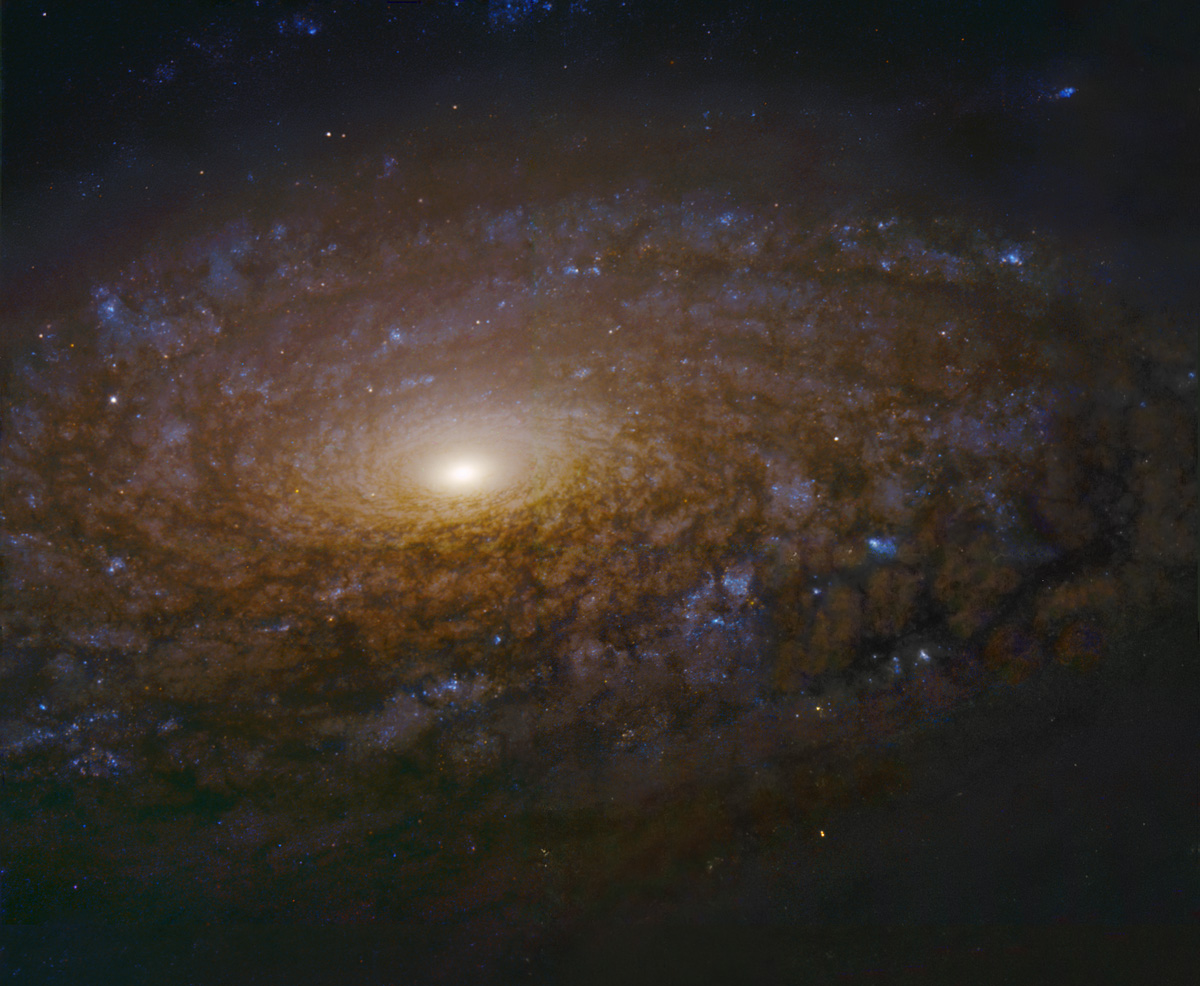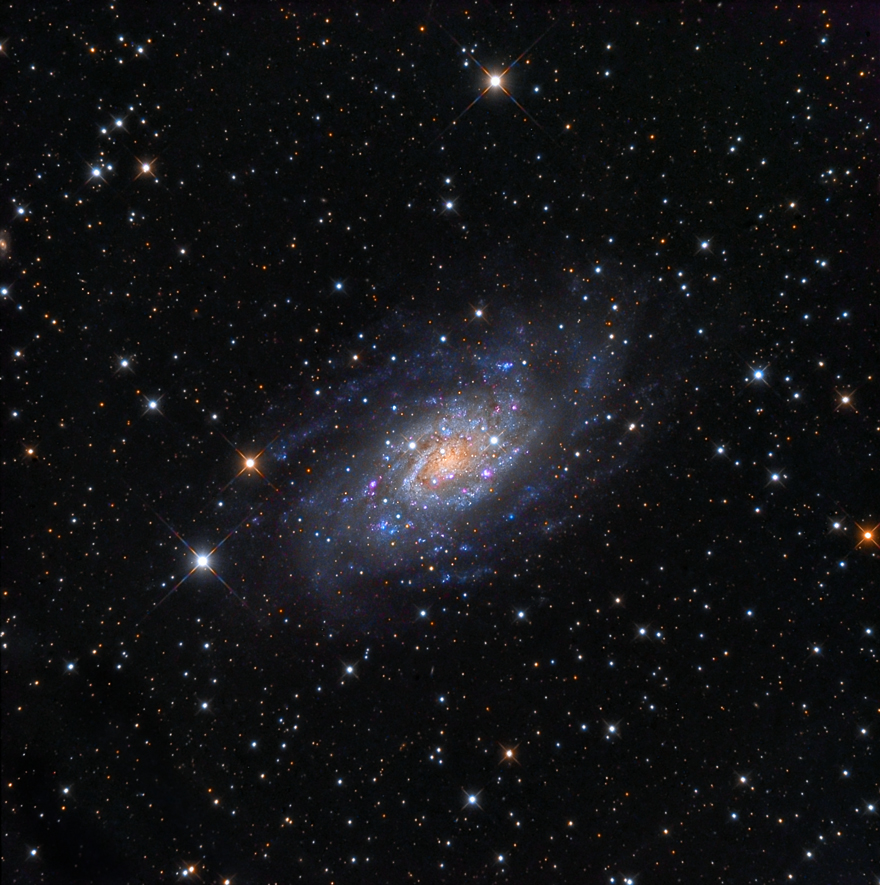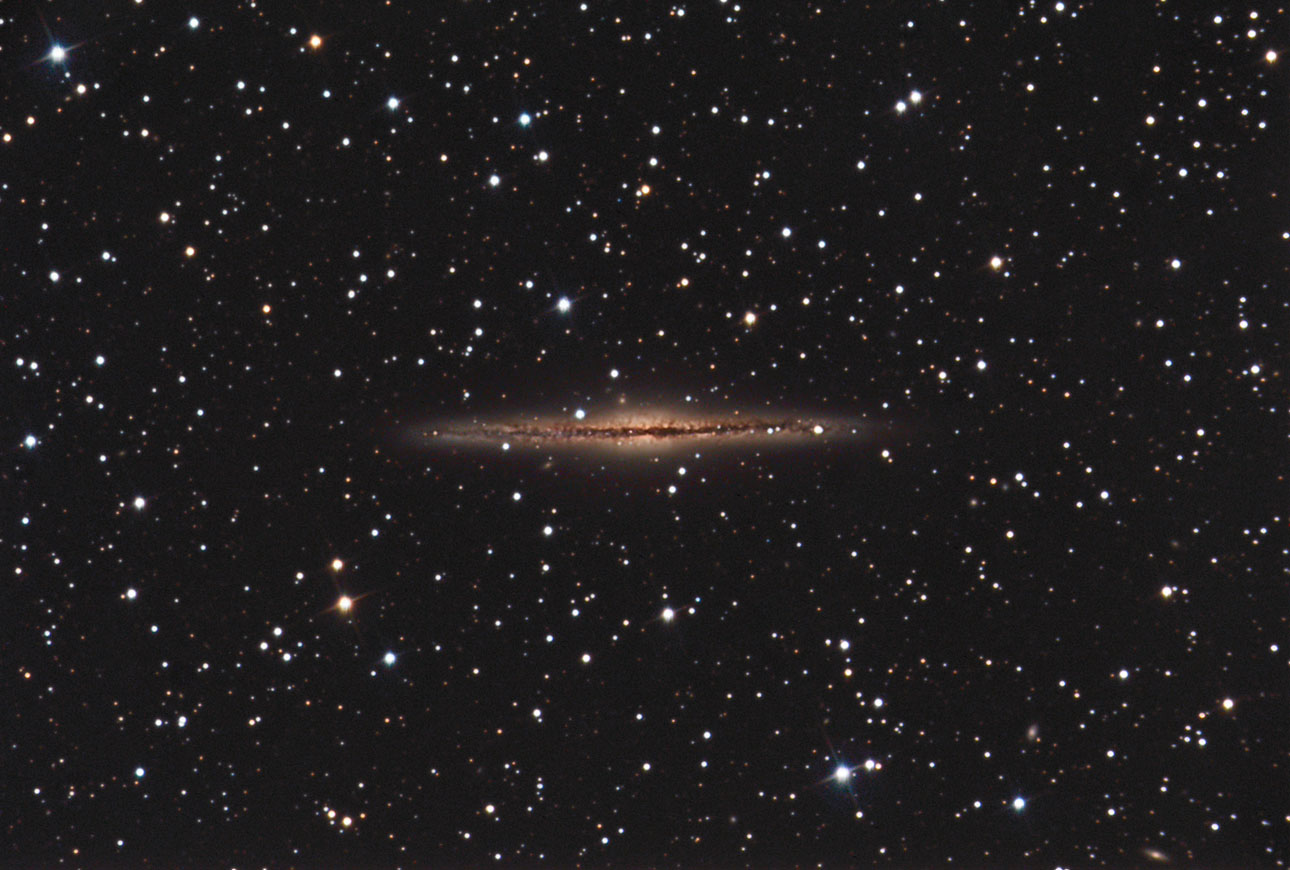Recent Submissions: 2010 December 25-27
Recent Submissions: 2010 December 25-27
_____________________________________________________________________________
Please post your images here for December 25-27.
If you need instructions on posting images, please see this thread.
Thank you!
_____________________________________________________________________________
<- Previous submissions
Feliz Navidad
Copyright: Juan Carlos Casado
[attachment=4]cxmas-1.jpg[/attachment][/i]
Caldwell 49: Rosette Nebula without Hα
http://www.flickr.com/photos/terryhanco ... /lightbox/
Copyright: Terry Hancock NGC 3521: Spiral Galaxy in Leo
http://www.robgendlerastropics.com/NGC3 ... ndler.html
Credit and Copyright: Data from the Hubble Legacy Archive; processing by Robert Gendler NGC 5189: Spiral Planetary Nebula in Musca
http://www.astro-cabinet.com
Copyright: Dieter Willasch
[attachment=3]NGC5189SpiralPN.jpg[/attachment][/i]
Not Just a Star on Top
Copyright: Arthur Watkins
[attachment=0]Christmas Tree Moon_Watkins.jpg[/attachment][/i]
Milky Way and Spituk Gompa, Leh
http://tinyurl.com/33h8a8m
Copyright: Ajay Talwar IC405: Flaming Star Nebula
http://www.btinternet.com/~mr.squeegee/ ... -large.jpg
Copyright: Tim Jardine
[attachment=2]Flaming Star Nebula_Jardine.jpg[/attachment][/i]
NGC 2403: Spiral Galaxy in Camelopardalis
http://www.starkeeper.it/NGC2403.htm
Copyright: Leonardo Orazi Season's Greetings from Greece
http://www.eugenfound.edu.gr
Credit: Andonios Aspromourgos for the Eugenides Foundation
[attachment=1]season's greetings-e.jpg[/attachment][/i]
<- Previous submissions
Please post your images here for December 25-27.
If you need instructions on posting images, please see this thread.
Thank you!
_____________________________________________________________________________
<- Previous submissions
Feliz Navidad
Copyright: Juan Carlos Casado
[attachment=4]cxmas-1.jpg[/attachment][/i]
Caldwell 49: Rosette Nebula without Hα
http://www.flickr.com/photos/terryhanco ... /lightbox/
Copyright: Terry Hancock NGC 3521: Spiral Galaxy in Leo
http://www.robgendlerastropics.com/NGC3 ... ndler.html
Credit and Copyright: Data from the Hubble Legacy Archive; processing by Robert Gendler NGC 5189: Spiral Planetary Nebula in Musca
http://www.astro-cabinet.com
Copyright: Dieter Willasch
[attachment=3]NGC5189SpiralPN.jpg[/attachment][/i]
Not Just a Star on Top
Copyright: Arthur Watkins
[attachment=0]Christmas Tree Moon_Watkins.jpg[/attachment][/i]
Milky Way and Spituk Gompa, Leh
http://tinyurl.com/33h8a8m
Copyright: Ajay Talwar IC405: Flaming Star Nebula
http://www.btinternet.com/~mr.squeegee/ ... -large.jpg
Copyright: Tim Jardine
[attachment=2]Flaming Star Nebula_Jardine.jpg[/attachment][/i]
NGC 2403: Spiral Galaxy in Camelopardalis
http://www.starkeeper.it/NGC2403.htm
Copyright: Leonardo Orazi Season's Greetings from Greece
http://www.eugenfound.edu.gr
Credit: Andonios Aspromourgos for the Eugenides Foundation
[attachment=1]season's greetings-e.jpg[/attachment][/i]
<- Previous submissions
- Attachments
A closed mouth gathers no foot.
Re: Recent Submissions: 2010 December 25-27
NGC 678 (and NGC 680)
http://www.caelumobservatory.com/gallery/n678.shtml
Adam Block/Mount Lemmon SkyCenter/University of Arizona
http://www.caelumobservatory.com/gallery/n678.shtml
Adam Block/Mount Lemmon SkyCenter/University of Arizona
-
DeanSalman
- Ensign
- Posts: 18
- Joined: Fri Oct 08, 2010 3:22 pm
Re: Recent Submissions: 2010 December 25-27
Every time I start this almost nothing shows up at all. So I have by telescope out here in Benson, AZ at the observatory so it was time to put this one to bed as my Christmas gift. The HA filter came up with zip so this is an LRGB with only about 40% of the clear in the color image. This one marks the top 10 of those faint guys I have come across in the list, it is faint.
4 hours (24x10) in RGB and 2 hours of the clear. ST-10 XME and my MakNewt 8 inch F/4

Have a safe and happy holiday season this year.
Merry Christmas EVE
Dean
4 hours (24x10) in RGB and 2 hours of the clear. ST-10 XME and my MakNewt 8 inch F/4
Have a safe and happy holiday season this year.
Merry Christmas EVE
Dean
Re: Recent Submissions: 2010 December 25-27
IC1805: Heart Nebula
http://farm6.static.flickr.com/5010/527 ... 7aa6_b.jpg
Copyright: Rafael Rodriguez Morales
http://farm6.static.flickr.com/5010/527 ... 7aa6_b.jpg
Copyright: Rafael Rodriguez Morales
A closed mouth gathers no foot.
-
DeanSalman
- Ensign
- Posts: 18
- Joined: Fri Oct 08, 2010 3:22 pm
Re: Recent Submissions: 2010 December 25-27
I finished this one on Christmas Eve. SH2-309 HA-RGB image. The nebula in the upper left is part of SH2-306


-
kwon o chul
- Ensign
- Posts: 34
- Joined: Sun Nov 07, 2010 11:13 am
Sky From the Equator
At Mt.Kilimanjaro. Horombo camp (alt 3720m) near Equator
By: Kwon O Chul
By: Kwon O Chul
-
chris schur
NGC891 - 12.5" f/5 - 3h exp. Chris Schur
Last edited by chris schur on Tue Aug 30, 2011 3:35 am, edited 2 times in total.
Reason: replaced page link with image link
Reason: replaced page link with image link
Re: Recent Submissions: 2010 December 25-27
I'm horribly late, because commenting is such an uphill battle for me these days, but I have to say something about this galaxy pair, Adam.ngc1535 wrote:NGC 678 (and NGC 680)
http://www.caelumobservatory.com/gallery/n678.shtml
Adam Block/Mount Lemmon SkyCenter/University of Arizona
First of all, the two galaxies look extremely interesting together. One is an edge-on disk galaxy with a prominent dust lane and some blue stars, and the other one is a more or less spherical but clearly distorted monocolored elliptical galaxy.
The disk galaxy, NGC 678, is not a Milky Way twin, however. Several clues tell us that this is an evolved galaxy with little star formation and a lot of old stars. The bulge is large and prominent. Young blue stars are seen only at the outermost edges of the disk. It is likely that bluish stars are found all around the outermost visible edge of the disk of of NGC 678, but this blue "circle" of stars is so faint that it can only be seen at the far edges of the disk, where the blue circle is seen "superimposed" on itself and not overwhelmed by a bright yellow disk behind it.
The blue "outermost circle" is generally rather smooth and not clumpy, which is the opposite of what we would expect if there was a lot of star formation going on, since ongoing star formation always looks like a peppering of small bright knots:

Well-known starforming galaxy liberally sprinkled with bright bluish knots on the right, yellow elliptical galaxy with no bright knots at all on the left. Obviously NGC 678 is nothing like famous M 51. The blue areas of NGC 678 probably contain moderate class A stars like Vega and Sirius rather than massive O and B stars like Rigel and the stars of Orion's Belt.
The dust lane which crosses the bulge of NGC 678 contains a bright "ribbon" on the left side. My guess is that this is the remnant of a past burst of star formation. Once this whitish ribbon was blazing with hot blue supergiants and a multitude of pink emission nebulae. Now the nebulae are gone and the blue stars have all burnt out and disappeared. It is quite possible that the whitish ribbon in the dust lane contains no hotter stars than those of spectral class F, like Procyon, and G, like the Sun. On the right side of the bulge, a broad faint ever so slightly bluish structure seems to emerge from the dust lane and disappear behind the bulge. That is probably the middle-aged F and G stars of the dust lane whose color is bluer than the redder K and M stars of the bulge and inner disk.
Anyway, like I said, the overall structure and color distribution of NGC 678 suggests that it is a galaxy dominated by yellow and reddish stars. And indeed that is the case. The B-V index of NGC 678 is 1.05, which is actually quite remarkably red for a galaxy. Its U-B index is 0.42, which is also red.
I don't know anything about the color indexes of NGC 680, but it is hugely interesting to note that the overall color of this galaxy is definitely whiter and far less yellow than the overall color of NGC 680. Why is that? Aren't elliptical galaxies yellower than disk galaxies? Well, not always. NGC 678 obviously contains a lot more dust than NGC 680, and the color of NGC 678 is clearly affected by dust reddening. But it is interesting to consider the possibility that NGC 678, for some reason, contains redder stars than NGC 680. But if that is the case, I have no idea why that would be so.
Finally, we may note that NGC 680 is clearly distorted, and this distortion must certainly be caused by interaction with NGC 678.
What an interesting pair, Adam! Thank you for photographing them!
Ann
Color Commentator







